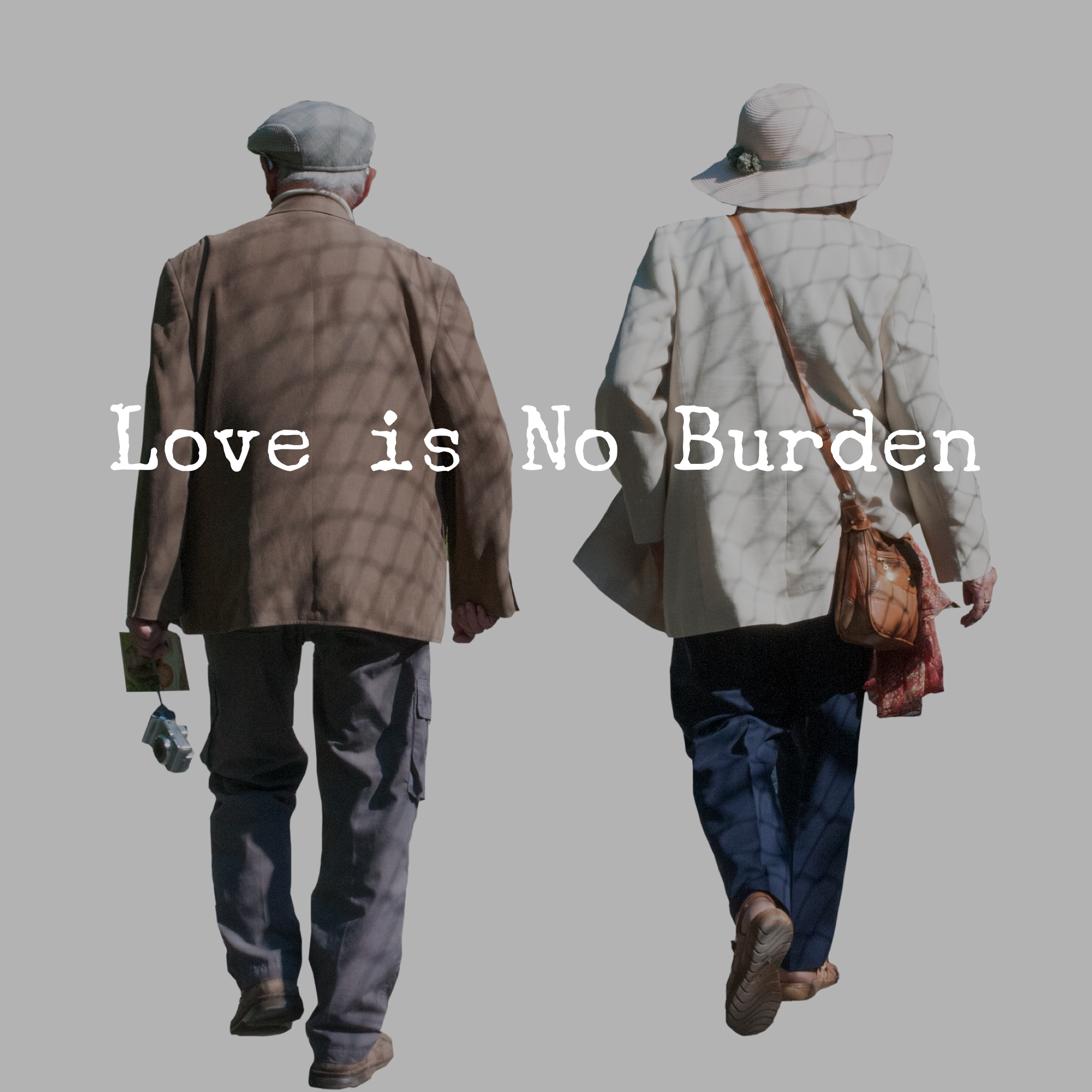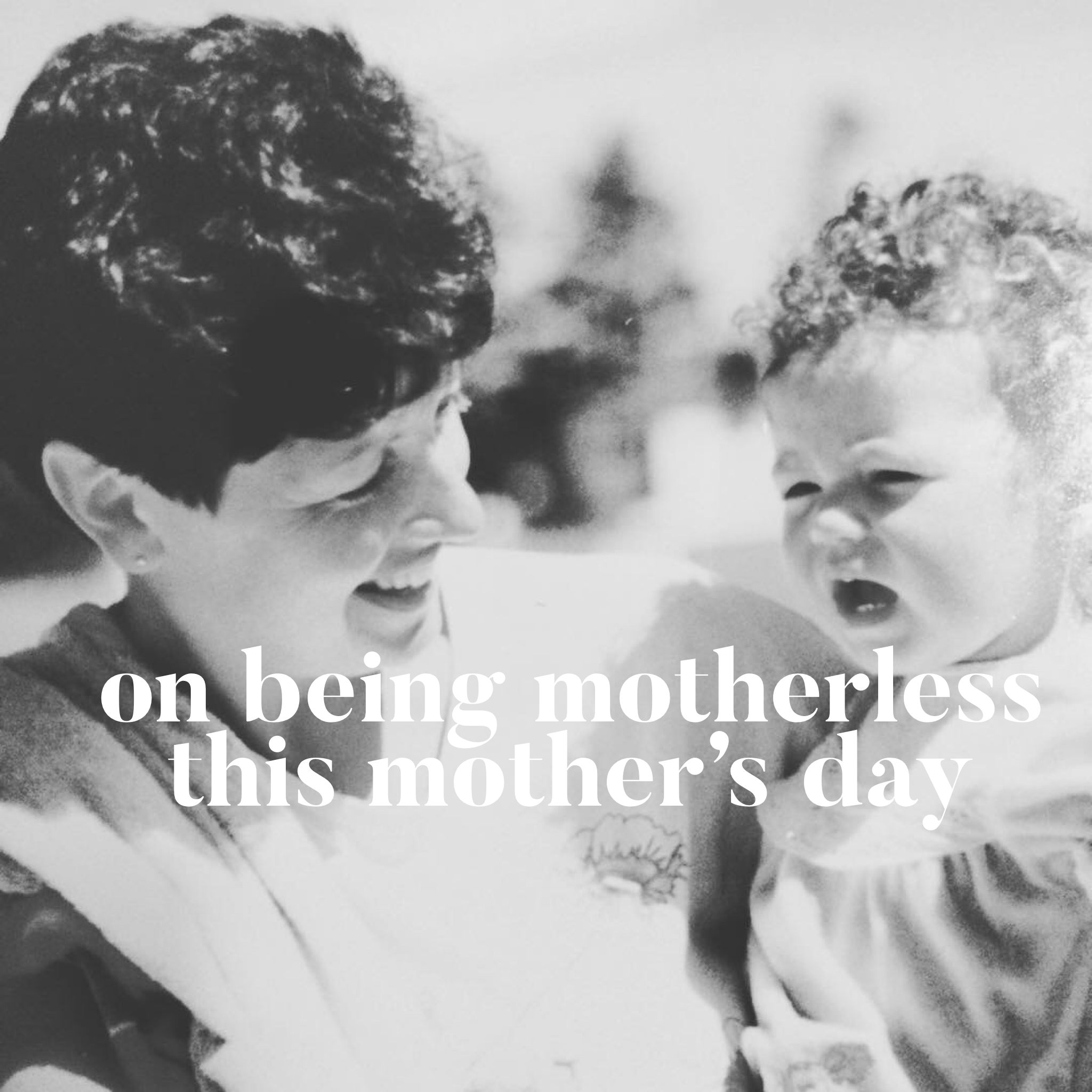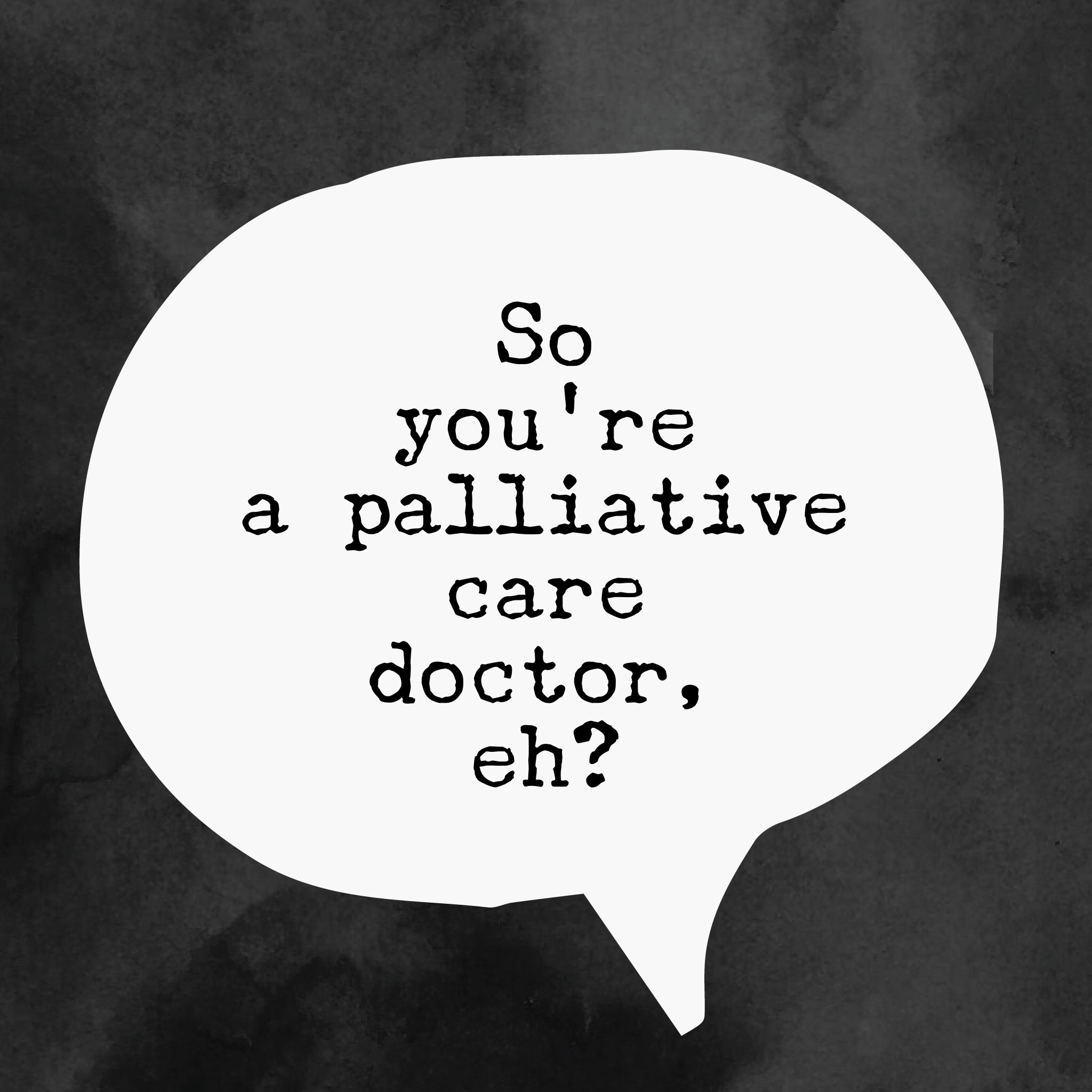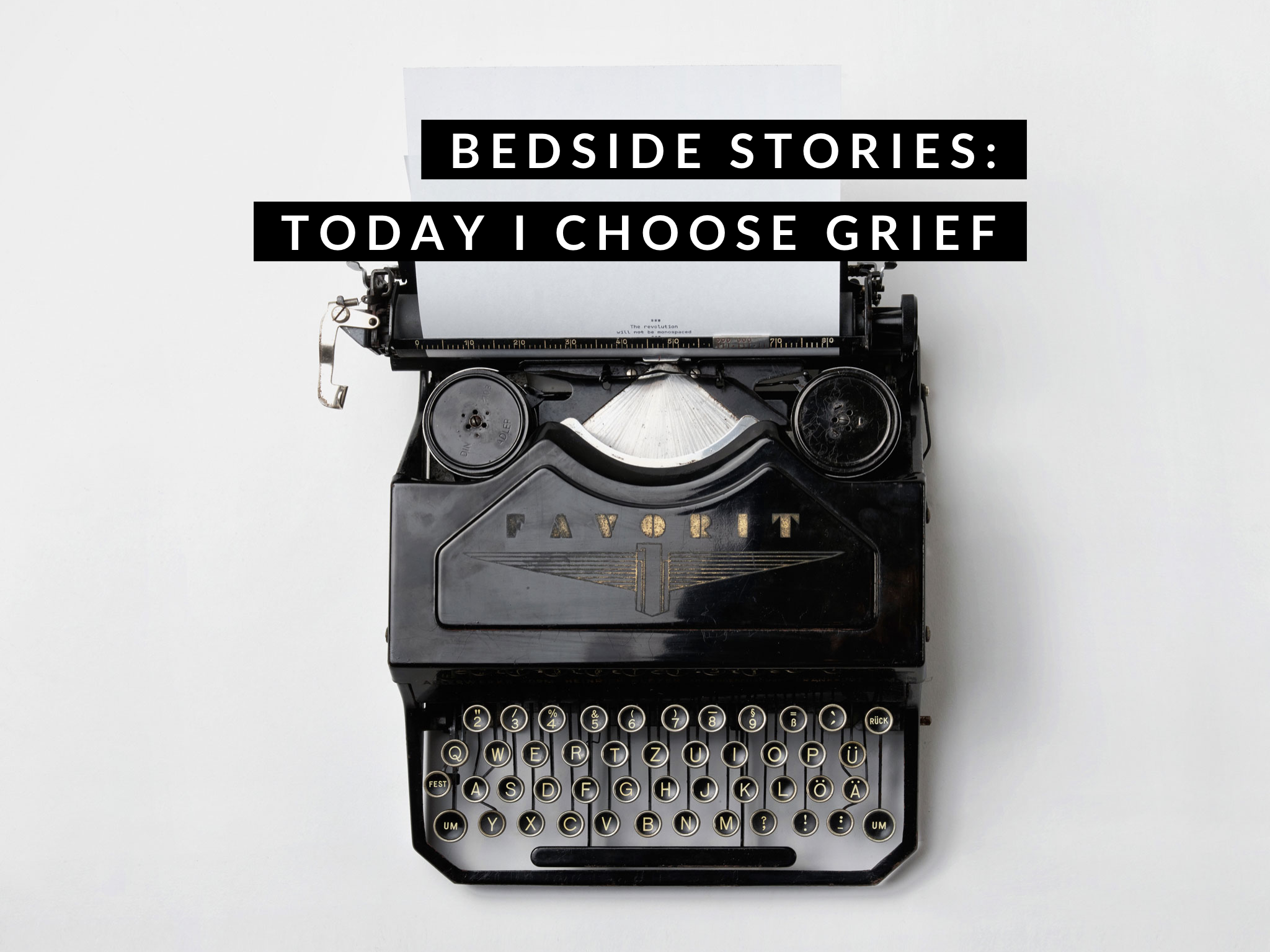As a palliative care doctor, I have difficult conversations with patients and families in the face of serious illness every day. These conversations strive to balance the hopes and expectations of our patients with the medical realities of their situation. They marry the art and science of medicine.
Christmas is like a sign post we circle towards each year, forcing reflection on all of the ways things have changed. Holidays like Christmas are notorious for shedding light on the gaps in our lives. The empty space at the dining room table. One less Christmas card to send. A favourite dish that will never quite taste right, because a certain someone isn’t here to make it. Old traditions give way to new ones out of necessity.
They had been married for 60 years. Nearly seven times the average life expectancy of a marriage by today’s standards. And now she lay dying in a hospital bed.
Canadian Mother’s Day is just around the corner. While it is meant to be a special day for people to honour the most important women in their lives, for a lot of us this day can really suck. My sister and I recently spoke candidly about growing up without a mother after our mom was killed in a car accident over 20 years ago.
It wasn’t long after I started working as a palliative care doctor before I realized that palliative medicine is largely misunderstood. Many people think they know exactly what palliative care is. Unfortunately, what people think they know is often inaccurate and based on myth rather than fact. These common misconceptions about palliative care can instill fear and anxiety in those being introduced to palliative services for the first time.
Welcome to the bane of every palliative care clinician’s existence.
The most important lessons I’ve learned in medicine have come from the wisdom of patients. While every patient’s story has intrinsic value, some leave a lasting impression.
When I tell people I’m a palliative care doctor, I typically get one of two responses. The first is usually a well-intentioned, “Oh wow, it takes such a special person to do what you do.”
The second is a straight-faced, slightly awkward, “That’s so depressing. I don’t know how you do it.”
I find both statements equally irksome. Here’s why.
Hi fellow mortals!
Every now and then I’ll post a “Bedside Story” on my blog. These are short creative pieces (i.e. poems and stories) born from experiences I’ve had at the bedside as a hospice and palliative care doctor.
Consider this a bit of therapy for me, and hopefully gentle reading for you.
In Bhutan, there’s a belief that thinking about death five times a day will make you happy. In Thailand, Buddhist Monks have been known to meditate to photos of rotting corpses as a reminder of their own mortality.
Pretty dark and twisty, right?
What if thinking about death is the dark and twisty secret to living a more fulfilled life?










A few months ago, I was asked to give a talk answering the question, “What is your hope for healthcare?” Here is the transcript and an embedded audio version of that talk. My hope for healthcare? That we stop viewing death as our failure, and start considering it our opportunity.